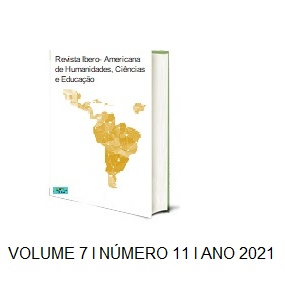MECHANISM OF ACTION OF VACCINES USED FOR COVID-19 CURRENTLY AS AN EMERGENCY USE IN BRAZIL
DOI:
https://doi.org/10.51891/rease.v7i11.3147Keywords:
Vaccines. AstraZeneca. CoronaVac. Pfizer. Janssen. Coronavirus. SARS-Cov-2.Abstract
The first reports of COVID-19 virus contamination were reported in December 2019 in China. Virus identification was performed through bronchoalveolar lavage, where the genetic sequencing of SARS-Cov-2 was observed. After WHO declared cases of the new coronavirus as a pandemic, the vaccine became a priority to contain the spread of the virus. Faced with this situation, several laboratories have dedicated themselves to the production of the vaccine around the world as a way to monitor the current situation of a pandemic caused by the SARS-CoV-2 virus. Nowadays, as vaccines developed for a COVID-9, they are related to the protein present in the virus membrane, called protein Spike (S). The aim of the vaccine is immunization by inducing protein manufacture against the Spike protein, thus preventing the entry of the virus. Today in Brazil, four vaccines are applied, AstraZeneca, CoronaVac, Pfizer and Janssen. AstraZeneca, applied by Oxford, has an immunization mechanism that takes place through a genetically modified virus in this case or adenovirus. The CoronaVac vaccine has inactive strains that lead to an immune response against SARS-Cov-2. The Pfizer adapted by BioNTech is a synthetic messenger RNA vaccine. Janssen required by Janssen-Cilag is a non-replicating viral vector in which adenovirus type 26 (Ad26) is used. The official communication websites provide articles and notes with information about the stages of development of each vaccine and which technology is used in each of the vaccines produced, were used as the basis for the development of this article. Vaccines distributed to a family for safety and efficiency against the worsening of the disease.
Downloads
Downloads
Published
How to Cite
Issue
Section
Categories
License
Atribuição CC BY

